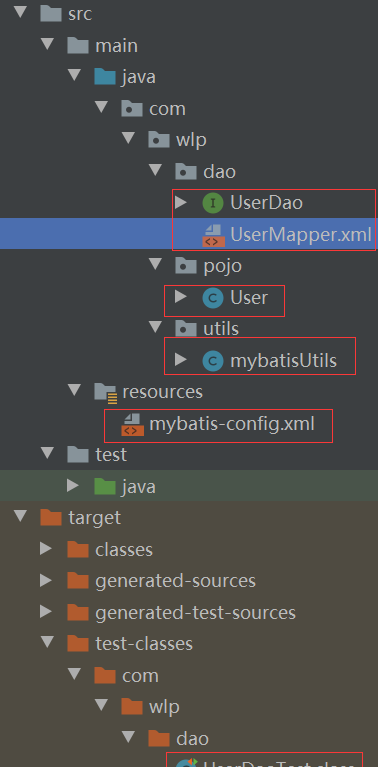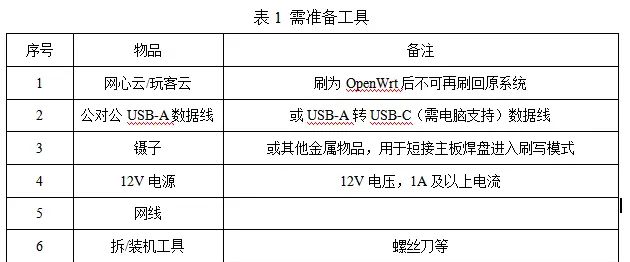split()和join()是Python字符串处理中最常用的一对互补方法,分别用于字符串的分割和连接。掌握它们的配合使用是高效文本处理的关键。
一、核心概念对比
|
特性 |
split() |
join() |
|
作用 |
将字符串分割成列表 |
将序列连接成字符串 |
|
调用方式 |
str.split() |
str.join() |
|
参数 |
分隔符和最大分割次数 |
可迭代对象 |
|
返回值 |
列表 |
字符串 |
|
关系 |
分解操作 |
合成操作 |
二、基础用法详解
2.1 split() – 字符串分割
# 默认按空白字符分割
text = "Python is awesome"
print(text.split()) # ['Python', 'is', 'awesome']
# 指定分隔符
csv = "apple,banana,orange"
print(csv.split(',')) # ['apple', 'banana', 'orange']
# 限制分割次数
text = "one two three four"
print(text.split(' ', 2)) # ['one', 'two', 'three four']2.2 join() – 字符串连接
# 列表连接
words = ["Hello", "world", "Python"]
print(" ".join(words)) # "Hello world Python"
# 元组连接
chars = ('a', 'b', 'c')
print("-".join(chars)) # "a-b-c"
# 注意:元素必须是字符串
numbers = [1, 2, 3]
print(" ".join(map(str, numbers))) # "1 2 3"三、配合使用场景
3.1 数据清洗与格式化
# 清理CSV数据
raw_data = " Alice, 25, New York "
cleaned = ",".join([item.strip() for item in raw_data.split(',')])
print(cleaned) # "Alice,25,New York"
# 大小写转换并重组
text = "hello WORLD python"
processed = " ".join([word.capitalize() for word in text.split()])
print(processed) # "Hello World Python"3.2 文件格式转换
# TSV转CSV
tsv_line = "name age city
Alice 25 New York"
csv_lines = []
for line in tsv_line.split('
'):
csv_lines.append(",".join(line.split(' ')))
csv_content = "
".join(csv_lines)
print(csv_content)
# name,age,city
# Alice,25,New York3.3 模板字符串处理
# 动态模板填充
template = "Hello {name}, your score is {score}"
data = {"name": "Alice", "score": "95"}
# 提取变量并替换
variables = []
for part in template.split('{'):
if '}' in part:
var_name = part.split('}')[0]
variables.append(var_name)
result = template
for var in variables:
result = result.replace('{' + var + '}', data[var])
print(result) # "Hello Alice, your score is 95"四、性能优化技巧
4.1 大规模数据处理
# 高效处理大文件
def process_large_file(input_path, output_path):
with open(input_path) as infile, open(output_path, 'w') as outfile:
for line in infile:
# 分割处理后再连接
processed = "|".join([field.upper() for field in line.split(',')])
outfile.write(processed + '
')4.2 避免不必要的中间列表
# 使用生成器表达式节省内存
large_text = "word1 word2 word3 " * 10000
# 不创建中间列表
result = " ".join(word.upper() for word in large_text.split())五、常见问题解决方案
5.1 处理多分隔符
import re
# 复杂分割场景
text = "apple, banana; orange|melon"
# 使用正则表达式分割
parts = re.split(r'[,;|]', text)
cleaned = " ".join(part.strip() for part in parts if part.strip())
print(cleaned) # "apple banana orange melon"5.2 保留分隔符信息
# 分割但保留分隔符位置
text = "Hello,world!How?are.you"
import re
parts = re.split(r'([,!?.])', text) # 使用分组保留分隔符
print(parts) # ['Hello', ',', 'world', '!', 'How', '?', 'are', '.', 'you']
# 重新连接时可选择是否包含分隔符
with_separators = "".join(parts)
without_separators = " ".join(parts[::2]) # 只取非分隔符部分5.3 处理嵌套结构
# 多层分割与连接
nested_data = "name:Alice;age:25|name:Bob;age:30"
# 两级分割
records = []
for record in nested_data.split('|'):
fields = {}
for field in record.split(';'):
key, value = field.split(':')
fields[key] = value
records.append(fields)
print(records)
# [{'name': 'Alice', 'age': '25'}, {'name': 'Bob', 'age': '30'}]六、实战案例
6.1 简易模板引擎
def render_template(template, context):
"""简单的模板渲染函数"""
result = []
for part in template.split('{{'):
if '}}' in part:
var, rest = part.split('}}', 1)
result.append(str(context.get(var.strip(), '')))
result.append(rest)
else:
result.append(part)
return "".join(result)
template = "Hello {{name}}, your balance is ${{amount}}"
context = {"name": "Alice", "amount": 100.5}
print(render_template(template, context))
# Hello Alice, your balance is $100.56.2 命令行参数解析
def parse_command(command_string):
"""解析命令行字符串"""
parts = []
current = []
in_quotes = False
for char in command_string:
if char == '"':
in_quotes = not in_quotes
elif char == ' ' and not in_quotes:
if current:
parts.append(''.join(current))
current = []
else:
current.append(char)
if current:
parts.append(''.join(current))
return parts
command = 'git commit -m "initial commit"'
print(parse_command(command)) # ['git', 'commit', '-m', 'initial commit']七、总结最佳实践
- 选择合适的分隔符:根据数据特点选择最有效的分隔符
- 预处理和后处理:在split前和join后进行适当的数据清理
- 内存效率:大文件处理时使用生成器避免内存溢出
- 错误处理:始终思考异常情况(空字符串、错误格式等)
# 健壮的数据处理函数
def safe_split_join(text, split_char=',', join_char='|'):
try:
parts = text.split(split_char)
cleaned = [part.strip() for part in parts if part.strip()]
return join_char.join(cleaned)
except (AttributeError, TypeError):
return "" # 处理异常输入
print(safe_split_join(" a, b, c ")) # "a|b|c"掌握split()和join()的配合使用,能够优雅地解决大多数字符串处理需求,是每个Python开发者必备的核心技能。
© 版权声明
文章版权归作者所有,未经允许请勿转载。如内容涉嫌侵权,请在本页底部进入<联系我们>进行举报投诉!
THE END





















暂无评论内容